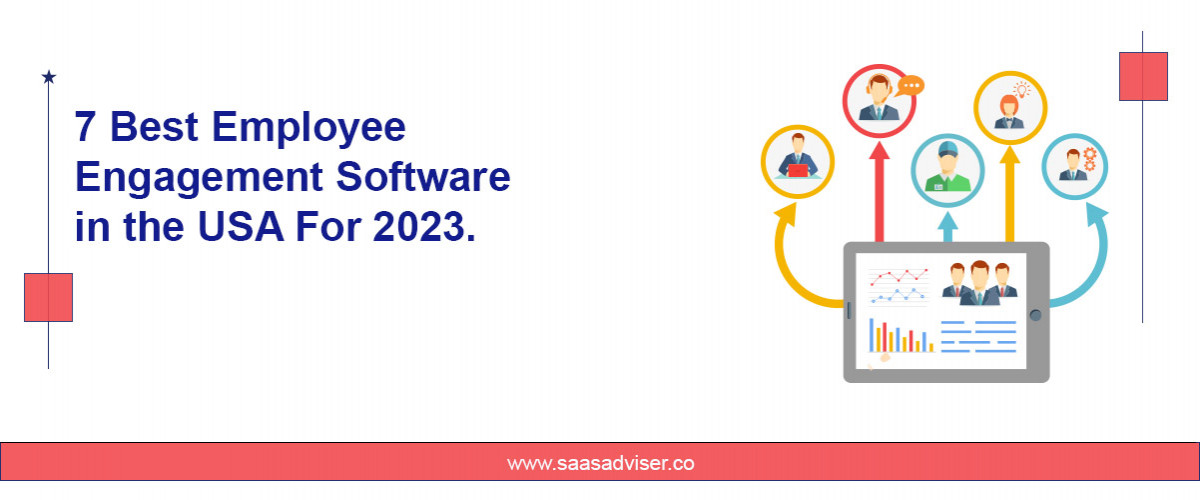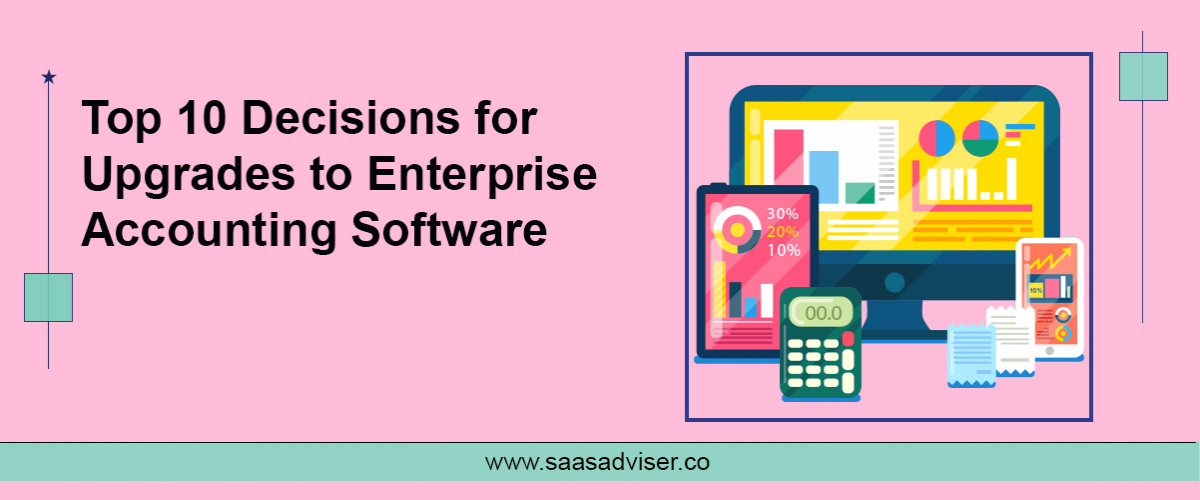What we'll cover
employee engagement software has become crucial in modern workplaces, fostering a more connected, productive, and satisfied workforce. In the USA, several software options have emerged as leaders in this field for 2023. These platforms offer diverse functionalities to enhance communication, streamline feedback processes, and boost overall employee satisfaction. By leveraging these tools, organizations can create a collaborative and engaging environment, leading to increased productivity and employee retention.
What Is Employee Engagement Software
Employee engagement software refers to the emotional commitment and involvement an employee has toward their organization and its goals. It's not just about an employee's satisfaction or happiness at work, but it's about their dedication and enthusiasm in contributing to the company's success. An engaged employee cares about their work and their company, going the extra mile to ensure the achievement of company objectives. High levels of employee engagement lead to higher productivity, improved workplace morale, and reduced employee turnover, thus contributing to an organization's overall success.
Here Is The List Of 7 Best Employee Engagement Software in The USA
Key Features Of The Best Employee Engagement Software
The key features of the best employee engagement software can be broadly categorized into several pivotal components:
-
Communication: The software should facilitate seamless communication between employees and management. This could be in the form of chat conversations, video meetings, or organized discussions, as seen in platforms like Slack and Microsoft Teams.
-
Performance Management: Continuous performance management, like that provided by 15Five, is a crucial aspect of engaging employees. This involves weekly check-ins, goal setting, and real-time feedback, enabling a culture of open communication and progress tracking.
-
Survey Tools: Tools like SurveySparrow provide customizable and recurring survey features that are essential for measuring employee satisfaction and feedback, thus promoting a culture of continuous improvement.
-
HR Management: Comprehensive HR management features, like the ones in BambooHR and Workday, are essential. These include core HR features, talent management, employee self-service portals, and learning capabilities, supporting an engaging and productive work environment.
-
Integration: The software should provide seamless integration with other tools used within the company, just like Microsoft Teams integrates with the Microsoft 365 suite, and Slack provides third-party integrations. This ensures a connected and streamlined workflow, fostering better engagement.
-
Real-time Insights: Features like those in TINYpulse that provide real-time insights through pulse surveys and performance reviews are vital to keep managers updated about their team's morale and engagement levels, helping them effectively address any issues.
In essence, the best employee engagement software should enhance communication, facilitate performance management, provide measurable insights, and offer comprehensive HR Software features, while ensuring seamless integration with other tools.
that can be developed or implemented using the software, allowing businesses to tailor their approach to employee engagement based on their specific needs and goals. By utilizing these tools, companies can create a culture of open communication, continuous improvement, and engaged employees, leading to increased productivity and retention rates. As technology continues to evolve, it is crucial for businesses to invest in top-notch employee engagement software
Best Strategic Models To Improve Employee Engagement
The Gallup Q12: The Gallup Q12 model focuses on 12 core elements that measure employee engagement. These include clarity of work expectations, availability of resources, opportunities for development, and recognition for good work.
The Job Demands-Resources Model: This model suggests that job demands can lead to burnout, while resources can foster engagement. Employers can use this model to balance job demands with resources, leading to improved employee well-being and engagement.
The Service Profit Chain Model: This model proposes a direct relationship between employee satisfaction, customer loyalty, and profitability. By investing in employee engagement and satisfaction, companies can increase customer loyalty and ultimately, profitability.
The Utrecht Work Engagement Scale (UWES): Developed by Schaufeli and Bakker, this scale measures three dimensions of engagement: vigor, dedication, and absorption. This model can be instrumental in assessing and improving employee engagement in the workplace.
The Perceived Organizational Support (POS) Model: This model posits that when employees feel valued and supported by their organization, their engagement levels increase. Employers can use this model to cultivate a supportive work environment that fosters engagement.
All these strategic models can be used individually or in combination to develop comprehensive employee engagement strategies. Remember, the end goal is to create an environment where employees feel valued, supported, and engaged, which in turn, drives organizational success.
Top Employee Engagement Methods
-
Regular Feedback and Recognition: Regular, constructive feedback can help employees understand their strengths and areas for improvement. Likewise, recognizing employees for their achievements can boost their morale and motivation.
-
Training and Development Opportunities: Providing employees with opportunities to learn new skills or enhance their existing ones can increase their sense of value within the organization, fostering engagement.
-
Transparent Communication: Promoting open, honest communication across all levels of the organization helps to build trust and engagement. This could be through regular team meetings, one-on-one discussions, or company-wide updates.
-
Flexible Work Environment: Flexibility in work schedules and location can greatly enhance employee engagement by promoting work-life balance. This could include allowing remote work, flexible hours, or job sharing.
-
Employee Surveys: Regular employee surveys can provide valuable insights into employee satisfaction and engagement levels. This feedback can be used to make necessary improvements in the work environment.
-
Team Building Activities: Regular team-building activities can strengthen relationships among team members, promote collaboration, and improve overall engagement.
-
Health and Wellness Programs: Implementing wellness programs that focus on physical, mental, and financial health can help enhance employee well-being, leading to increased engagement.
These methods, when implemented effectively, can help create an engaging work environment that promotes productivity, employee satisfaction, and overall organizational success.
Bonus Tips about Employee Engagement!
-
Involve Employees in Decision Making: Employees feel more invested when they are part of key decisions that affect their work or the organization. This can be achieved by involving them in brainstorming sessions, strategy meetings, and problem-solving processes.
-
Promote a Positive Company Culture: A positive and inclusive company culture can significantly boost Employee Recognition Software. Fostering a culture where employees feel valued, respected, and appreciated can instill a sense of belonging, thereby enhancing their engagement and commitment.
-
Offer Competitive Compensation and Benefits: An attractive compensation and benefits package can make employees feel valued for their contributions. This can include competitive salaries, bonuses, health insurance, retirement plans, and other benefits like paid vacation and sick leave.
-
Ensure Work-Life Balance: Encourage employees to manage their work and personal life effectively. This balance can be achieved by setting realistic deadlines, avoiding unnecessary meetings, and promoting time management.
-
Leverage Technology: Utilize technological tools like Employee Engagement Software to streamline workflows, automate processes, and promote collaboration. This can significantly increase efficiency and engagement amongst employees.
-
Promote Continuous Learning: Encourage employees to continuously learn and grow within their roles. This can be achieved through regular training sessions, workshops, and providing access to online learning resources.
Remember, employee engagement is not a one-time effort but a continuous process that requires consistent efforts. These tips, when implemented effectively, can help foster an engaging and productive work environment.
Summing Up
In 2023, the top employee engagement software options in the USA offer comprehensive solutions to enhance communication, foster collaboration, and drive workforce satisfaction, ultimately elevating productivity and retention.




